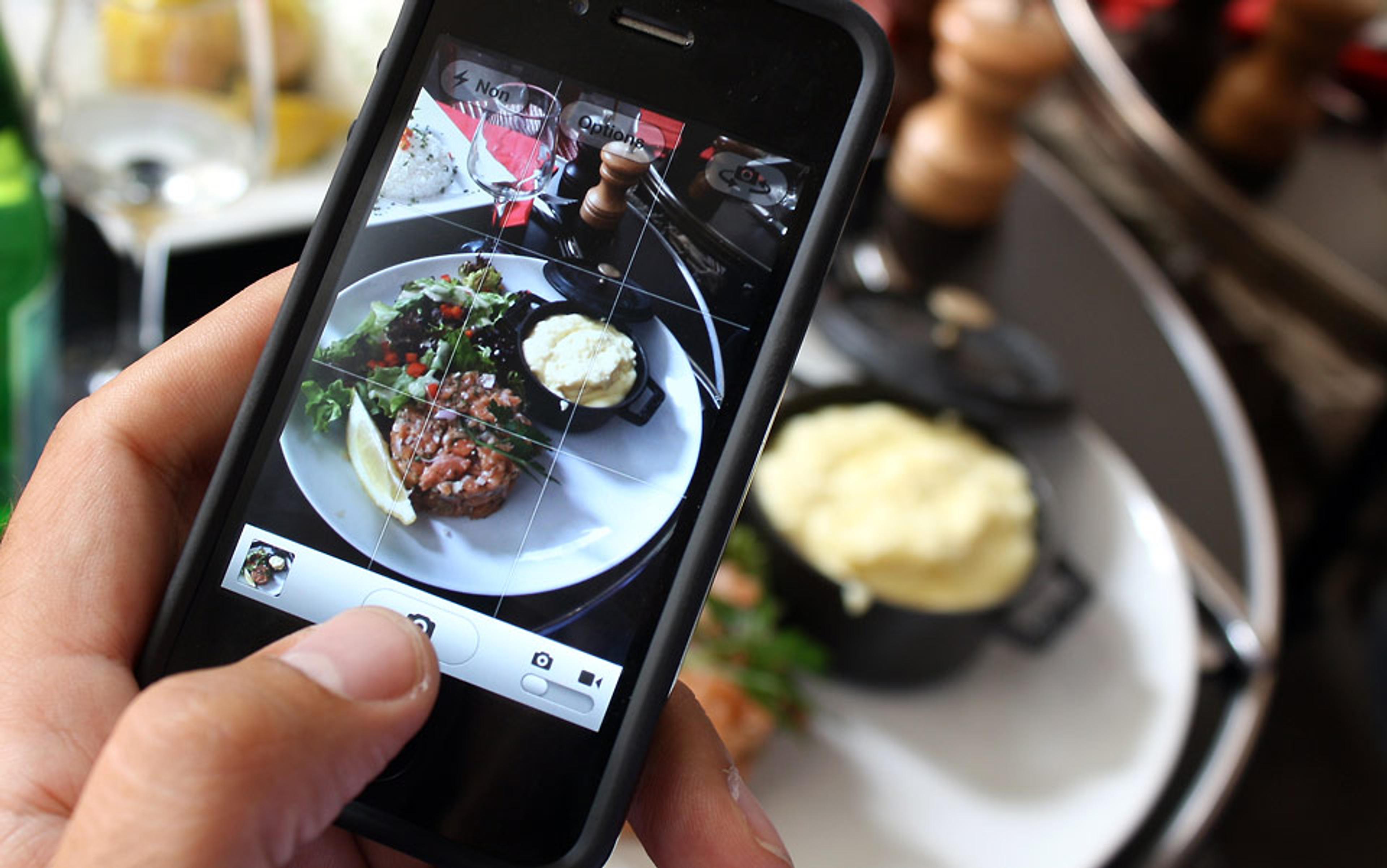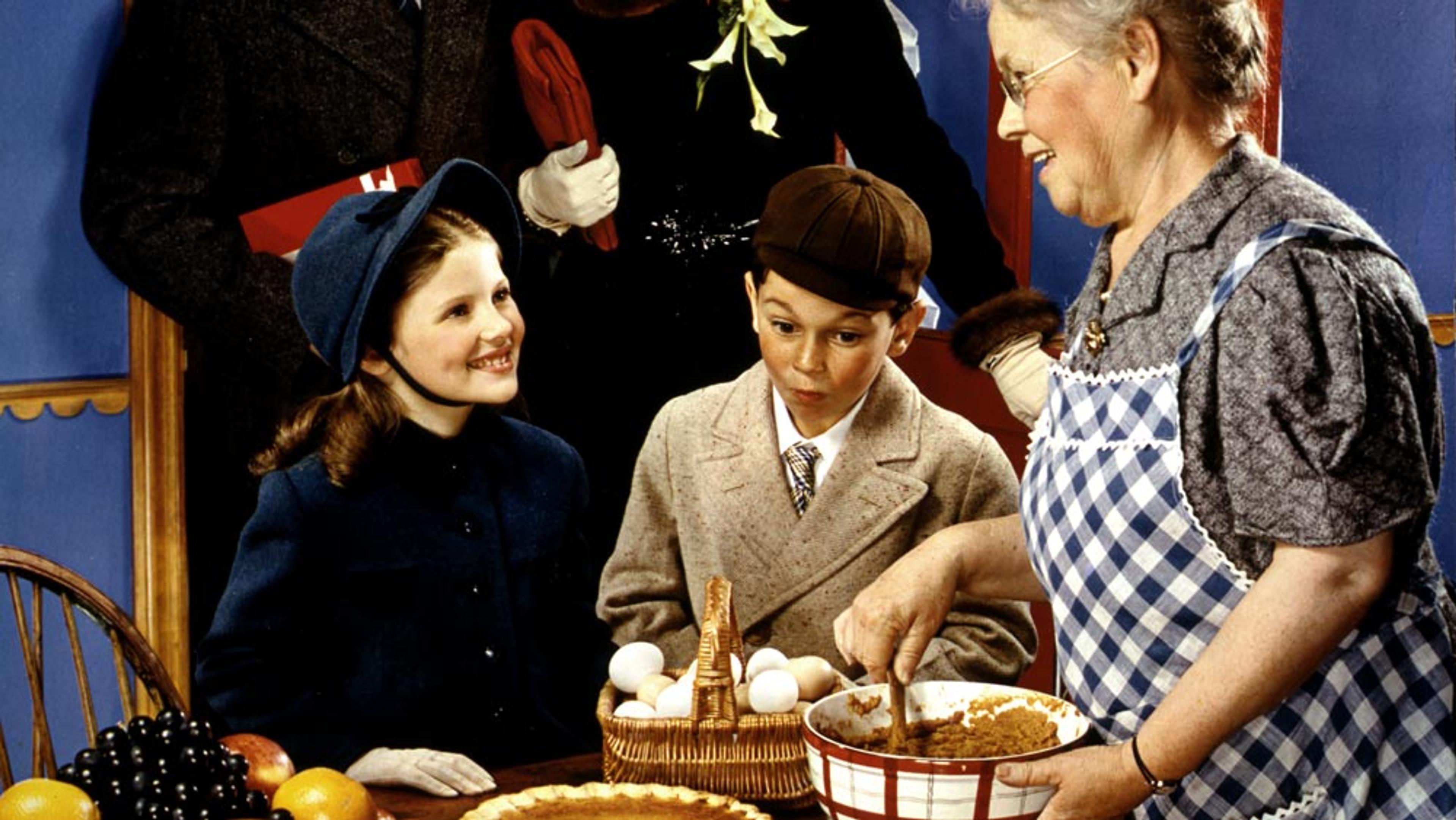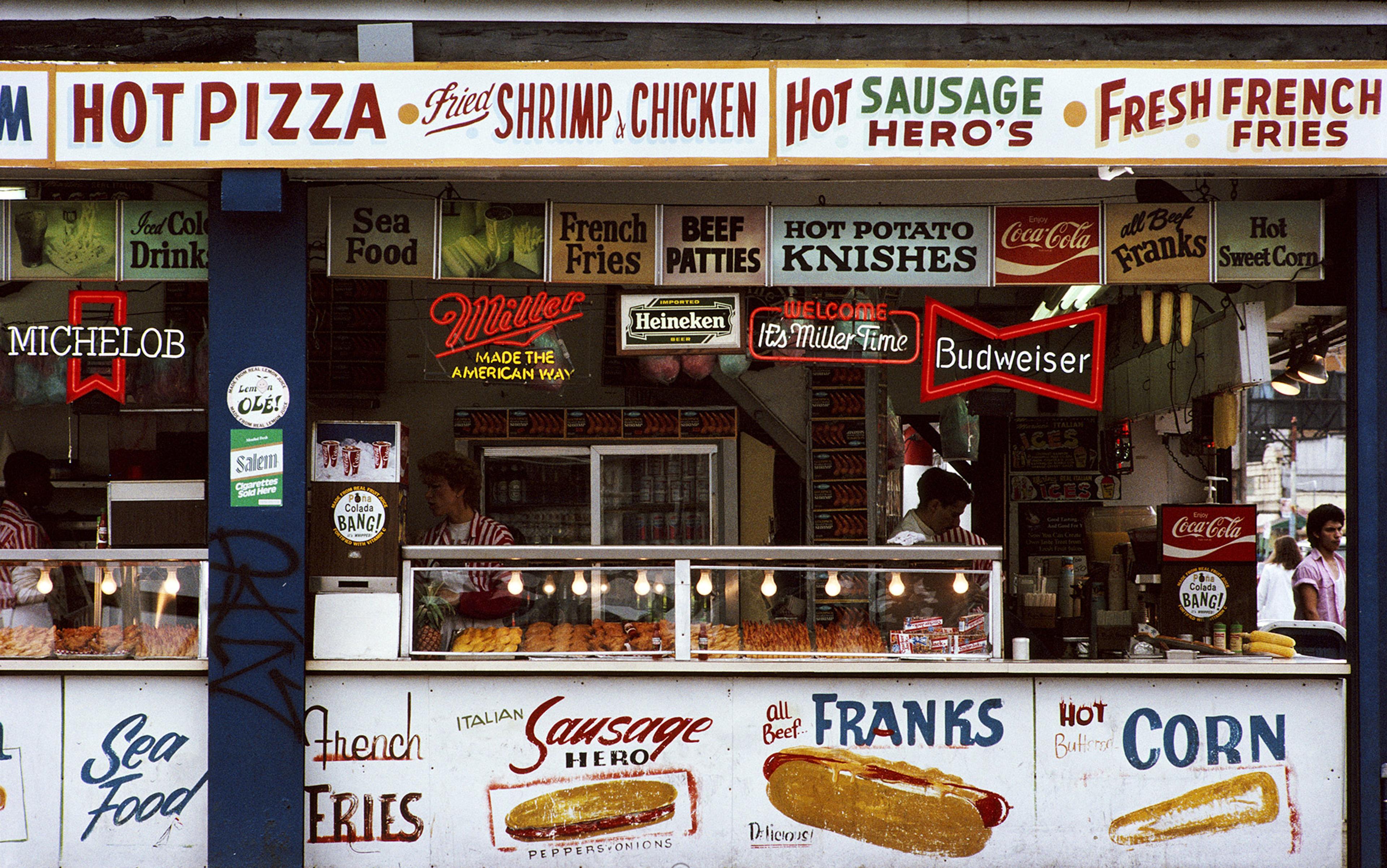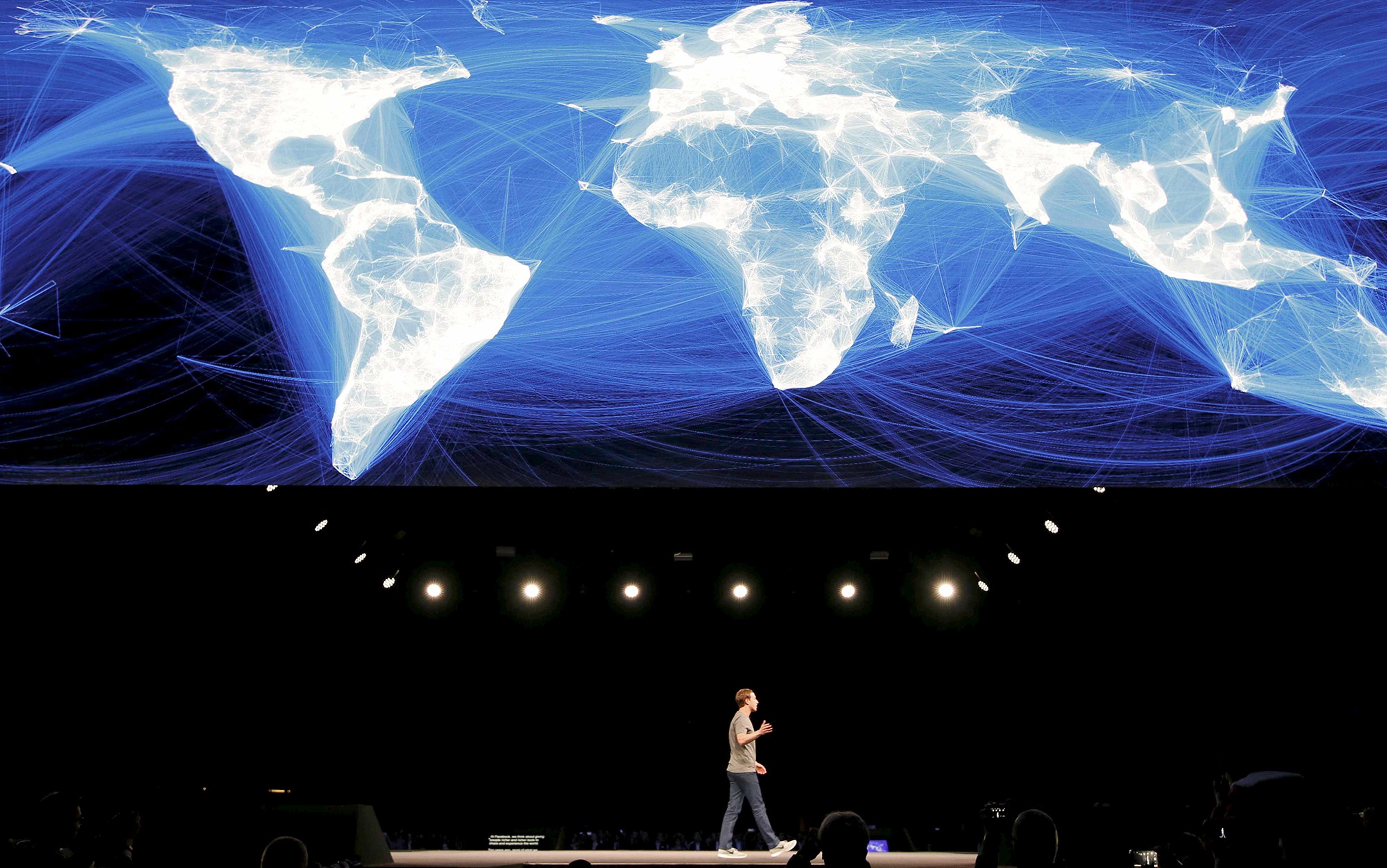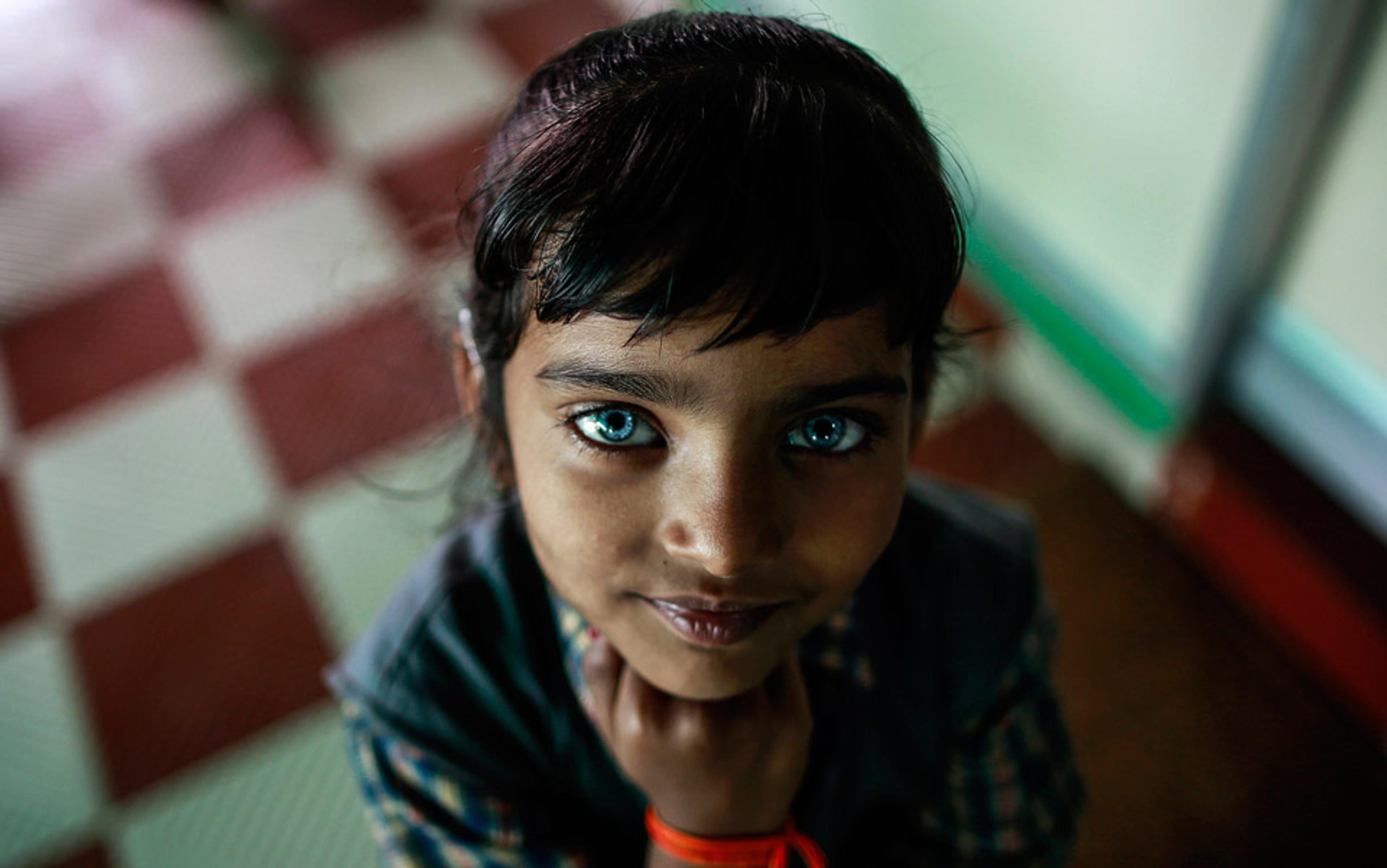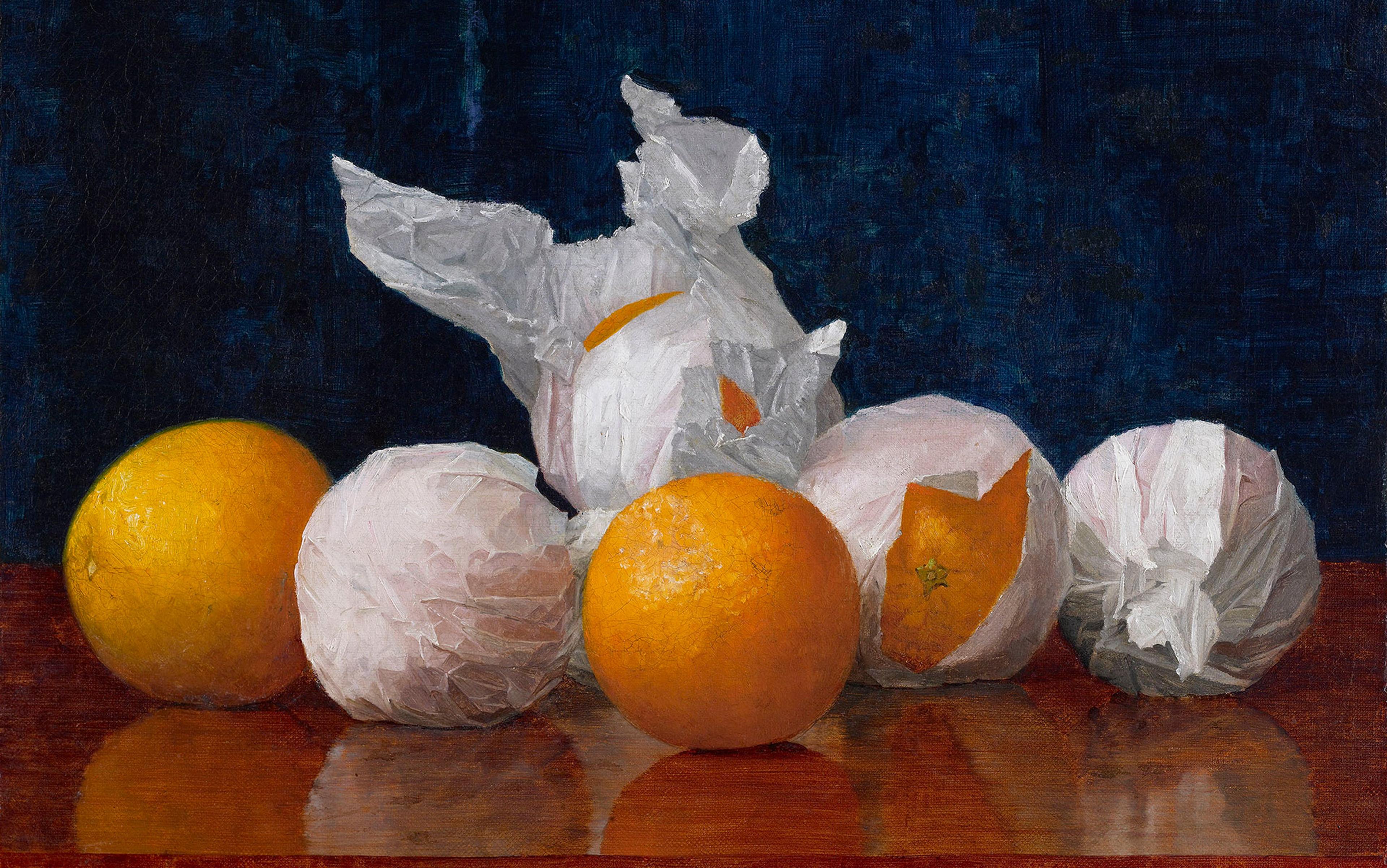In February, I attended the wedding of a former colleague in Washington, DC. The reverend’s homily touched on the role that food had played in the bride and groom’s relationship. Their love, cultivated while sharing meals, reflects the role of food in the human experience. The reverend described a picture that the groom had taken of the scene where he had proposed: a spread of delicious meats, cheeses, and wine; the rolling hills of the Virginia countryside in the background. ‘It was a small feast on a hill to mark a rich moment shared together,’ said the reverend with a laugh. ‘I’m sure there’s a photo somewhere on Instagram.’ The congregation laughed and exchanged knowing nods.
As far as I can tell, the practice of photographing one’s food — whether in restaurants or at family gatherings — is generally deplored. The New York Times Style section, in its dual role as avatar and caricature of urban mores, reported in January that restaurants in Manhattan were banning it. (‘It’s a disaster in terms of momentum, settling into the meal,’ said one chef. ‘It’s hard to build a memorable evening when flashes are flying every six minutes.’) Your friends tend to be annoyed if you cram your Facebook and Twitter feeds with snapshots of your latest delicacy, too. ‘You posted an Instagram-ed picture of a handful of blueberries the other day,’ wrote Katherine Markovich in McSweeney’s, sneering at the iPhone-toting hordes of amateur photographers. ‘What would your day have been without those blueberries? Would you have felt a little less connected to the earth and, ultimately, yourself?’
We laugh at the thought of a beautiful moment ruined by Instagram, but meals continue to fill our online lives. The internet is brimming with steak and fried eggs, kale and rice, ice cream and coffee. Food, of course, can be a sign of status, and documenting our every dinner might be a vehicle for self-expression: ‘Tell me what you eat,’ said Jean Anthelme Brillat-Savarin, the 19th-century French lawyer, politician and gastronome, ‘and I will tell you what you are’. But the exotic cuisines, fine wines and clever plating that we recognise today are all built on the simple act of dining together. Food is inherently social, best consumed with friends or family; even eating with strangers is better than eating alone. It is essential to our social life that we invite people to eat with us, even when we’re separated by space and time.
While blood and religion are often regarded as the fundamental bonds of communal living, food has long been the engine for human society. As The New Yorker writer Adam Gopnik jokes in his book The Table Comes First (2011), civilisation is ‘mostly the story of how seeds, meats, and ways to cook them travel from place to place’. But mealtime, in its home at the table, is more than a moment for collective consumption of seeds and meats. It is the space in which our nature as social animals is fully disclosed. Food has accompanied virtually every communal ceremony since the dawn of civilisation, from the Sabbath to the solstice, the communion to the wake. Before the Industrial Revolution, subsistence drove and defined the evolution of social relations: the most basic distinctions between preindustrial hunter-gatherer, pastoral, agrarian, and feudal societies is how each group collectively provided nourishment for itself. Eating together is a cultural universal. Eventually, the cafés, restaurants and salons of the Enlightenment helped develop a ‘republic of eating’ where strong conversation and drink became the cornerstones of modernity.
So why did food colonise the internet? The dinner table was (and still is) the primary site for family, a place where parents and children, despite their disparate schedules, reaffirm their familial bonds on a daily basis. But what is the internet if not an expansion of that table? And what more natural state for a table than to be filled with food?
Can a Flickr album or series of images on Vine help to package those moments of familial renewal for absent cousins and distant children?
Instagram, in fact, is only the latest online home for our food fixation. The earliest internet communities for gourmands took root years before the American blogger Jorn Barger coined the term ‘web log’ in 1999, or online communities such as Open Diary, LiveJournal and Blogger opened for business. In July 1997, Jim Leff and Bob Okumura founded Chowhound, an online discussion forum about food. One of their earliest entries, according to Saveur magazine, was a call for recommendations as the two drove down I-78: ‘I am travelling to Gettysburg from NYC (the GW Bridge) on July 4th, early AM. Is there any outstanding roadside breakfast on that route that’s open 4th of July. Or any great greasy spoon in or around Harrisburg or Gettysburg?’
As social networks expanded, they became a cornucopia of food talk. Platforms such as WordPress allowed people who weren’t trained in a programming language to publish on the wider internet; in effect, they created the participatory web, where people came not only to consume but to create and share. And food filled all of them from the beginning. The common refrain about later social media conquerors such as Facebook and Twitter was always that they were ‘where people go to share what they ate for lunch’.
The latest explosion of online food sharing is driven by the particularly social nature of the modern internet. Early forums such as Chowhound were blank canvases waiting to be filled with whatever their users decided. Now, social networks such as Facebook, Twitter and Instagram specifically demand details about our lives. This is their business model, of course: Facebook makes its money by selling personal data to advertisers. But it is also deeper than that: our desire to connect and share memories is what keeps these networks growing. ‘The photograph itself, even an artily manipulated one, has become so cheap and ubiquitous that it’s no longer of much value. But the experience of sharing it is, and that’s what Facebook is in the business of encouraging us to do,’ wrote The New York Times art critic Karen Rosenberg in 2012. ‘It’s no coincidence that still lifes of food are among the most-shared photos on Instagram, along with babies, puppies and sunsets.’
There are limits, as Rosenberg hints: is a photograph of food the same as sharing a meal? Is it as authentic as a physical dinner enjoyed with friends? You can’t eat an Instagram picture. But the patterns of sharing and consumption and the values they convey are no less authentic for taking place in a new digital realm. The lives we live online and off are not separate things: they influence and inform one another. The experiences we enjoy with our friends and family can be captured and relived collectively.

A montage of Instagram food photographs
Filtered photos of food probably won’t replace the experience of the meal itself. The aromas and sensations of preparation and consumption, the conversations that take place at the table — these are the yeast with which we leaven our internet bread. But in modern society, where office workers often lunch at their desks, and dining alone at a public restaurant is common enough yet regarded as unsettlingly abnormal, the internet’s foodie impulses can help to preserve the social aspect of mealtime. We laugh at our Instagrammed plates and tweets about lunch, but for family and friends separated by distance and obligations, the pixilated dishes on Skype or Google+ might be a viable alternative to the kitchen table.
American traditions are already moving in that direction. Instagram reported that users uploaded around 200 photos a second from 10am to 2pm during Thanksgiving Day last year, with around 10 million images bearing some kind of food tag. That was the service’s biggest day on record. The Thanksgiving meal, an experience shared by every American family regardless of creed or colour, became just as much a focus for familial relationships online as it always had been offline. As Lee Rainie, director of the Pew Research Center’s Internet and American Life project, told The New York Times, all of the strengths and weaknesses of the American family were on full display: ‘This year, more than ever before, we will see how we get along as a national family.’ Can a Flickr album or series of images on Vine help to package those moments of familial renewal for absent cousins and distant children?
Adam Gopnik was inspired to call his book The Table Comes First by the British chef Fergus Henderson, who said to him: ‘I don’t understand how a young couple can begin life by buying a sofa or a television… Don’t they know the table comes first?’ On a deep level, the type of food and manner of its preparation are secondary to the context of its consumption and the company with whom its shared. The table might change, but it will always be the space in which our relationships are made.
